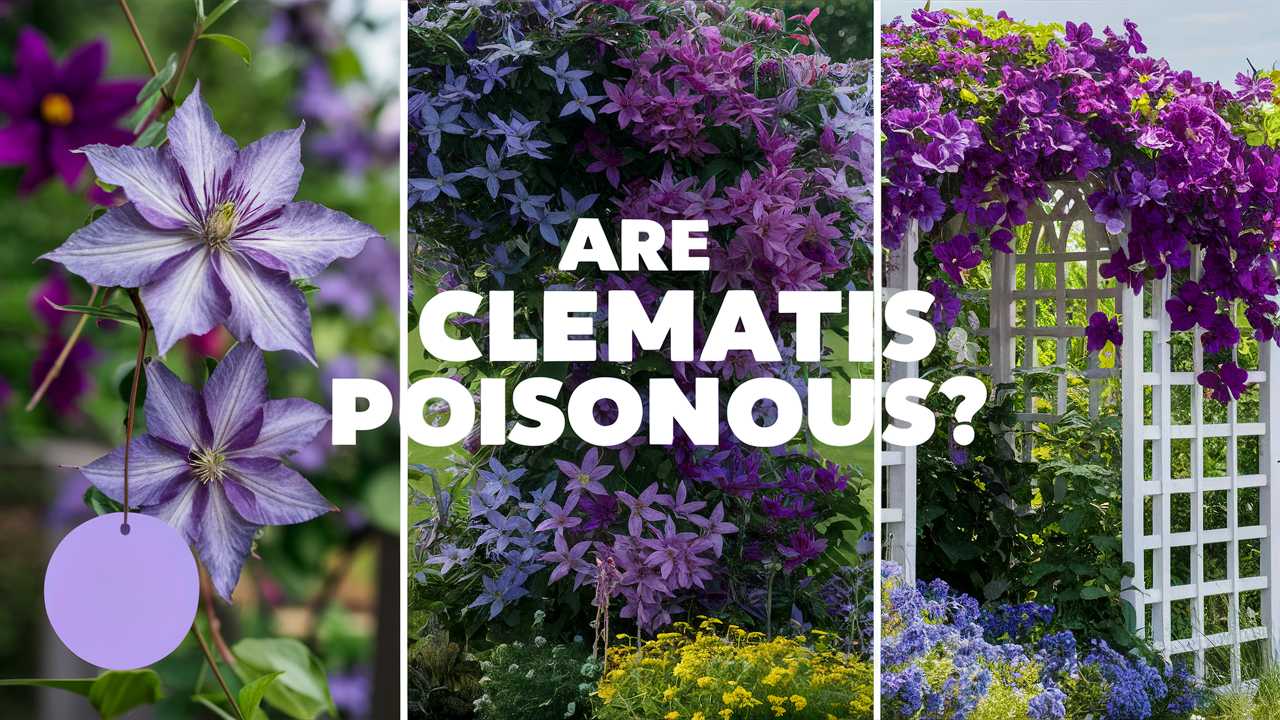In this in-depth exploration, we’ll dissect the safety of clematis, its effects on pets and humans, and best practices for handling this exquisite vine.
Are Clematis Poisonous? The Basics

Clematis plants contain compounds that can be toxic if ingested. While they are not considered highly poisonous, it’s crucial to understand the implications of these compounds for both humans and animals.
Toxic Compounds in Clematis
The primary toxic compounds found in clematis are saponins and alkaloids. These substances can cause irritation to the digestive tract when large amounts are ingested. Let’s break down the potential effects:
Saponins: These compounds can cause gastrointestinal upset, potentially leading to symptoms such as nausea, vomiting, and diarrhea if consumed in significant quantities.
Alkaloids: While clematis contains alkaloids, the concentration is relatively low compared to other plants known for their toxicity. Nevertheless, they can contribute to an unpleasant experience if ingested.
Effects of Ingestion: What to Expect
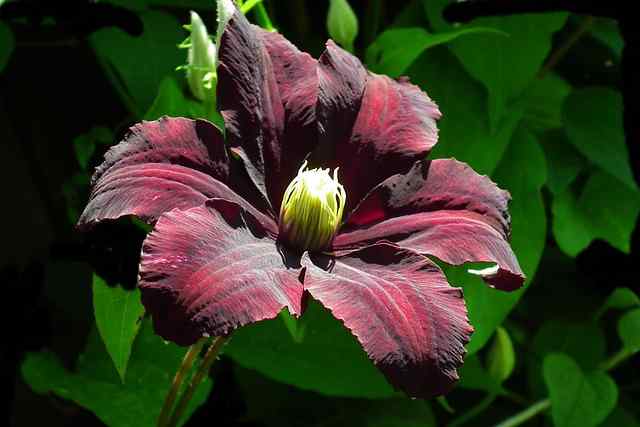
Ingesting clematis might lead to certain symptoms, but understanding the likely outcomes can help demystify the risks. Here’s what one might anticipate if clematis is ingested:
Mild Symptoms
For most people, consuming small amounts of clematis—whether accidentally or out of curiosity—can lead to mild discomfort. Symptoms may include:
Nausea
Vomiting
Diarrhea
Mild abdominal pain
These symptoms generally subside without medical intervention. However, it’s always prudent to consult a physician if ingestion occurs.
Severe Reactions
In rare instances, individuals may experience more severe reactions, particularly those with existing health conditions or sensitivities. Severe allergic reactions can manifest in symptoms such as:
Swelling of the face, throat, or tongue
Difficulty breathing
Severe dizziness or fainting
If anyone experiences these symptoms, it’s essential to seek immediate medical care. However, cases of severe poisoning from clematis are extremely rare.
Clematis and Pets: A Cause for Concern?
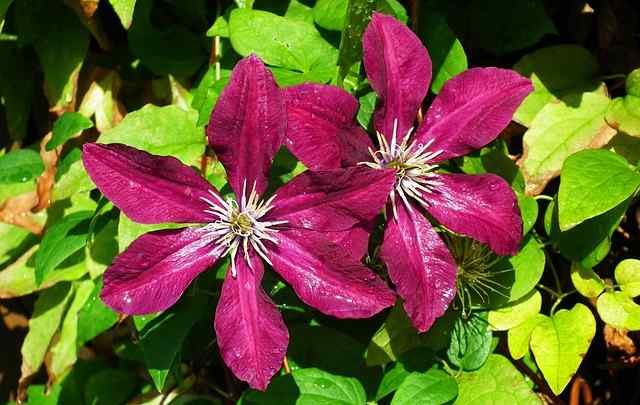
Pets are often curious creatures, and gardens filled with colorful plants can be enticing. As responsible pet owners, understanding the risks of clematis to our furry friends is vital.
Potential Risks to Dogs and Cats
Similar to humans, dogs and cats can experience adverse effects from consuming parts of the clematis plant. Symptoms to watch for include:
Gastrointestinal irritation
Vomiting
Excessive drooling
Fortunately, most pets are instinctively wary of plants that may harm them, but accidents can happen, especially with the more adventurous ones. If you suspect your pet has consumed clematis, it’s best to consult veterinarian advice.
Prevention Strategies for Pet Owners
To create a safer garden for your pets, consider these preventive measures:
Choose Pet-Friendly Varieties: If you’re keen on adding flowering plants to your garden, research non-toxic alternatives that can flourish alongside clematis.
Supervise Outdoor Time: Keep an eye on your pet while they’re outdoors. This allows for quick intervention if they show signs of munching on something they shouldn’t.
Educate Family Members: Ensure that everyone in your household is aware of the potential dangers of clematis so that they can help monitor pets during outdoor activities.
Identifying Toxicity: The Importance of Plant Knowledge
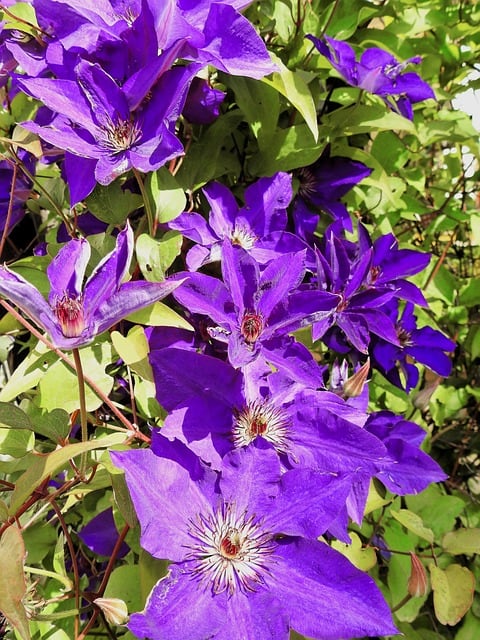
Understanding which plants pose a risk is critical for anyone who loves gardening or landscape design. With clematis, the key is to appreciate its beauty while being mindful of its potential toxicity.
Recognizing Clematis Varieties
There are hundreds of clematis species, but not all possess the same level of toxicity. Researching specific varieties can help in making informed decisions. Most cultivated clematis are not categorized as dangerous, yet thorough knowledge of their characteristics can save you from trouble down the road.
Symptoms of Poisoning
Familiarizing yourself with the symptoms of potential poisoning can ensure that you remain vigilant. Early detection of adverse reactions can lead to swifter treatment. Monitor yourself and your loved ones when interacting with new plants.
Best Practices for Handling and Enjoying Clematis
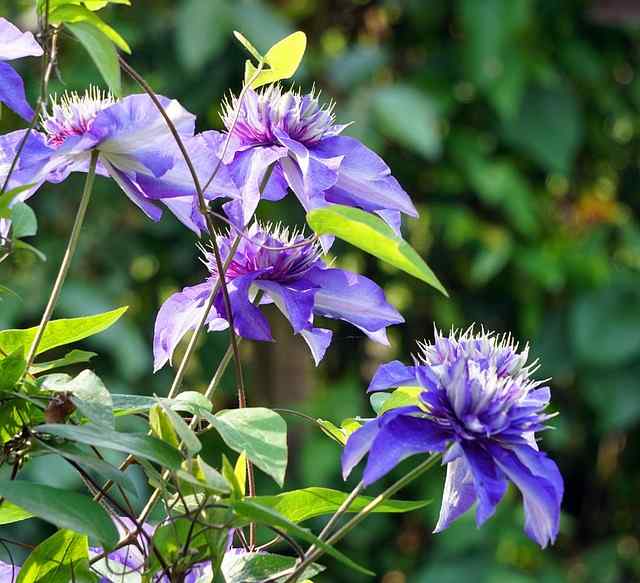
Given their potential toxicity, enjoying clematis doesn’t mean avoiding them altogether. With care, you can beautifully incorporate them into your life.
Garden Safety Tips
Wear Gloves: When handling clematis, use gardening gloves to avoid skin irritation from sap or other plant residues.
Wash Hands Thoroughly: After gardening, wash your hands to remove any potential allergens or irritants.
Educate Children: Teach children about which plants are safe to touch and consume. Involve them in gardening to promote awareness and respect for nature.
Culinary Uses of Clematis
Though clematis is often associated with toxicity, historical medicinal uses have been documented. Some indigenous cultures have used various parts of the plant to create traditional remedies for ailments. However, any culinary use should be approached cautiously under the guidance of an expert herbalist or botanist.
Myth Busting: Common Misconceptions About Clematis
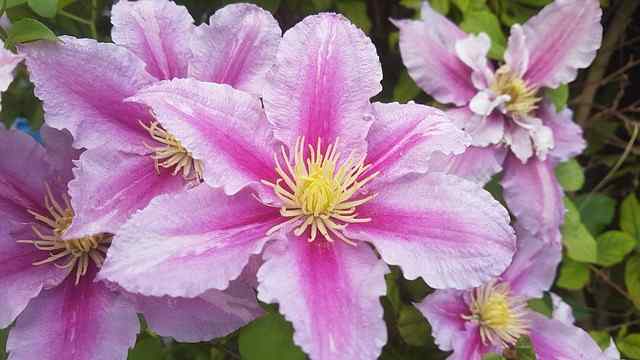
In the gardening world, myths abound, and clematis is not exempt. Let’s clarify some common misconceptions:
Misconception 1: All Clematis are Highly Toxic
While clematis has some toxic properties, it’s crucial to distinguish between levels of toxicity. Most cultivated varieties pose minimal risk when handled correctly.
Misconception 2: Clematis Flowers are Edible
While some may believe that the flowers can be used in salads or desserts, it’s best to err on the side of caution. The toxic compounds exist throughout the plant, including in the flowers.
Landscaping with Clematis: Enhancing Garden Aesthetics
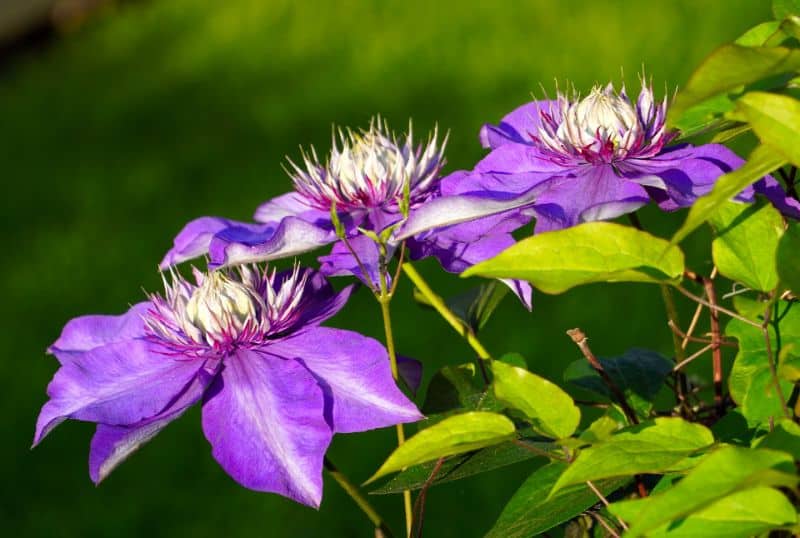
Clematis is an exceptional choice for adding vertical interest to garden designs. Let’s explore how to incorporate them thoughtfully while ensuring safety.
Design Ideas
Treasure Troves of Color: Use various clematis varieties to create a stunning tapestry of colors on trellises or arbors.
Mixing with Other Plants: Pair clematis with non-toxic flowers and shrubs to create a cohesive and visually appealing garden without compromising safety.
Creating Focal Points: Position clematis near seating areas or walkways, drawing attention with their height and beauty.
Maintenance Tips
Caring for clematis involves more than aesthetics. Regular pruning and attention to sunlight and water can ensure these plants thrive while minimizing any potential toxicity.
Prune Regularly: Annual pruning enhances flowering and keeps the plant manageable.
Plant in Well-Drained Soil: Ensuring good drainage prevents root rot and promotes healthier growth.
Provide Adequate Support: Clematis needs proper support to climb, so investing in sturdy trellises or structures is essential.
Conclusion: Embracing Clematis in Your Garden
Clematis captivates gardeners and nature lovers alike with its vibrant blooms and graceful climbing habits. While the question of toxicity is valid and important, most interactions with this plant can be managed safely with proper knowledge and respect.


